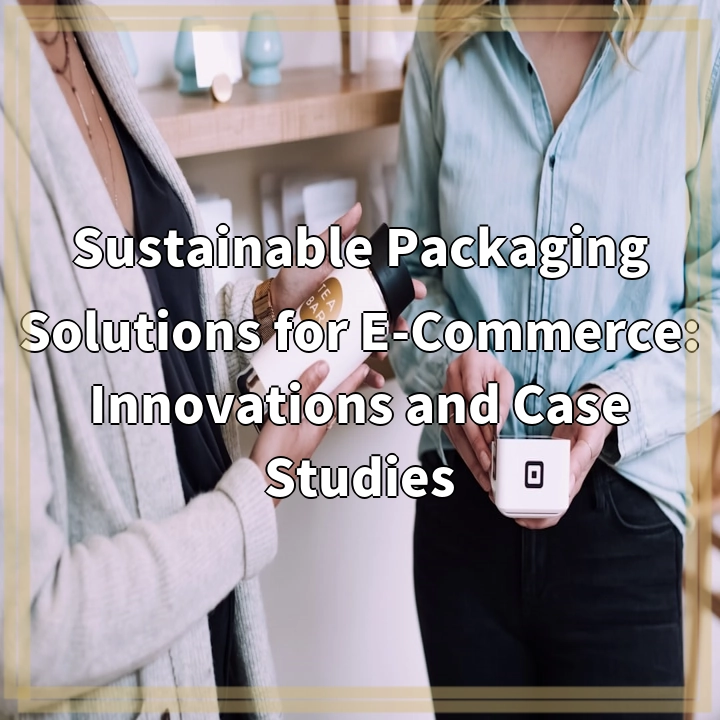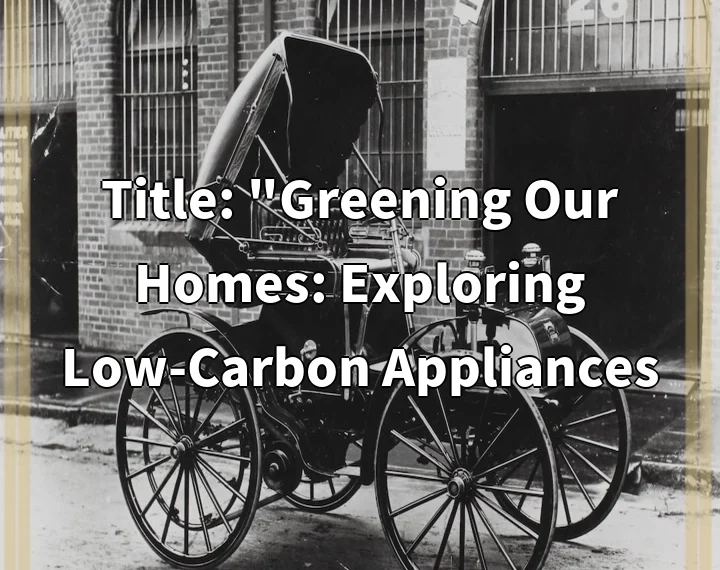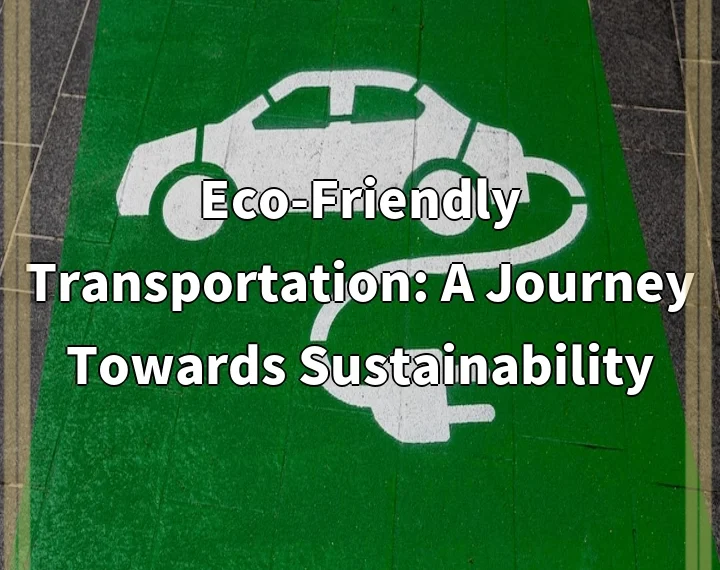
What it is:
Sustainable packaging for e-commerce refers to the use of environmentally friendly packaging materials and practices designed to minimize the ecological footprint of online shopping. This approach encompasses various elements, including the selection of biodegradable, recyclable, or reusable materials, as well as innovative designs that reduce waste. As e-commerce continues to grow, the emphasis on sustainable packaging has become crucial to addressing the environmental impact of shipping goods across long distances.
Key Features of Sustainable Packaging
Some of the key features of sustainable packaging solutions include:
- Utilization of materials derived from renewable resources.
- Designs that require less material without compromising functionality.
- Easy recyclability or compostability to facilitate waste management.
- Innovative shipping methods that reduce transportation emissions.
Real-World Problems
Despite the advantages of sustainable packaging, there are several real-world problems that complicate its implementation in the e-commerce sector:
1. Cost Implications
One of the primary challenges is the cost associated with sustainable materials. Often, eco-friendly packaging options are more expensive than traditional plastic or non-recyclable materials. This can deter e-commerce businesses from making the switch, especially smaller companies operating on tight margins.
2. Limited Availability of Sustainable Materials
The supply chain for sustainable materials is still developing, and many businesses struggle to find reliable suppliers that can provide consistent quality and quantity. This limited availability can make it difficult for e-commerce retailers to transition to sustainable packaging.
3. Consumer Awareness and Demand
Although there is a growing awareness of environmental issues, not all consumers prioritize sustainable packaging. Many may still prefer lower-cost options, which can pressure retailers to continue using less sustainable materials. Educating consumers about the importance of sustainable packaging is essential for driving demand.
4. Recycling Challenges
Even when sustainable packaging is used, the effectiveness of recycling programs varies widely by region. Many consumers are unsure how to properly dispose of packaging materials, leading to contamination in recycling streams. This can result in recyclable materials ending up in landfills instead of being processed appropriately.
5. Innovation and Technology Gaps
While innovation in sustainable packaging is progressing, significant gaps still exist in developing new materials and technologies. Research and development are crucial to finding effective solutions, but they often require substantial investment and time, which can be a barrier for many businesses.

Solutions for Sustainable Packaging in E-Commerce
To address the challenges associated with sustainable packaging in the e-commerce sector, various solutions can be implemented. These solutions aim to make the transition to sustainable practices easier for businesses while encouraging consumer engagement and participation.
1. Investing in Sustainable Materials
Businesses should prioritize investing in sustainable materials, even if the initial costs are higher. By exploring bulk purchasing or long-term supplier partnerships, companies can reduce costs over time and enhance their commitment to sustainable practices.
2. Collaborating with Suppliers
Building strong relationships with suppliers that specialize in sustainable packaging can improve the availability of eco-friendly materials. This collaboration can also foster innovation and drive the development of new packaging solutions that meet sustainability goals.
3. Increasing Consumer Awareness
Educating consumers about the benefits of sustainable packaging is essential. E-commerce businesses can incorporate messaging in their marketing campaigns that highlights the environmental impact of packaging choices and encourages customers to make eco-friendly selections.
4. Promoting Recycling Initiatives
Companies can engage in recycling initiatives by providing clear instructions on how to properly dispose of their packaging. Partnering with recycling organizations or local governments can help improve recycling rates and increase the chances that packaging materials are processed correctly.
5. Embracing Innovation
Investing in research and development for innovative, sustainable packaging solutions is crucial. By staying informed about emerging technologies and materials, e-commerce businesses can adopt cutting-edge practices that enhance efficiency and reduce environmental impact.
6. Leveraging Consumer Feedback
Encouraging consumers to provide feedback on packaging choices can help businesses understand preferences and identify potential improvements. This feedback loop can drive more sustainable choices and nurture a sense of community among environmentally conscious customers.













